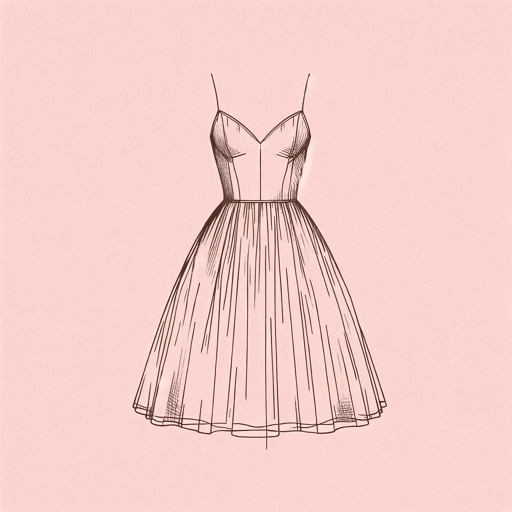19 pages • 38 minutes read
William Carlos WilliamsTo Elsie
Fiction | Poem | Adult | Published in 1945A modern alternative to SparkNotes and CliffsNotes, SuperSummary offers high-quality Study Guides with detailed chapter summaries and analysis of major themes, characters, and more.
Literary Devices
Form and Meter
“To Elsie” is written in free verse, meaning it has no set form or meter. However, it is given a sense of visual balance and unity by its short, tight stanzas. There are 22 stanzas in total with three lines each, for a total of 66 lines. Each stanza is made up of a longer line, a shorter line, and then another longer line similar to an inverted haiku. Unlike a haiku, the number of syllables per line vary considerably.
The poem uses very little punctuation apart from em-dashes, which set off separate ideas. There are almost no commas and no periods, but rarely a capital letter will imply a new sentence as in “Unless it be” (Line 28) and “Somehow” (Line 59); however, it is nearly all one continuous run-on sentence. This gives the poem a sense of stream-of-consciousness, of one idea bleeding into another as the speaker examines the world around them.
Enjambment
Nearly all the lines in the poem are enjambed, meaning the sentence continues past the end of the line without a grammatical break. Each line and stanza flows continuously into the next. Sometimes it will be at a natural pause where the speaker would stop for breath—for example, “and rich young men with fine eyes” (Line 48)—while others seem to break off mid-thought, such as the standalone line “were” (Line 50) or “addressed to cheap” (Line 46).
Related Titles
By William Carlos Williams

Approach of Winter
William Carlos Williams

Between Walls
William Carlos Williams

In the American Grain
William Carlos Williams
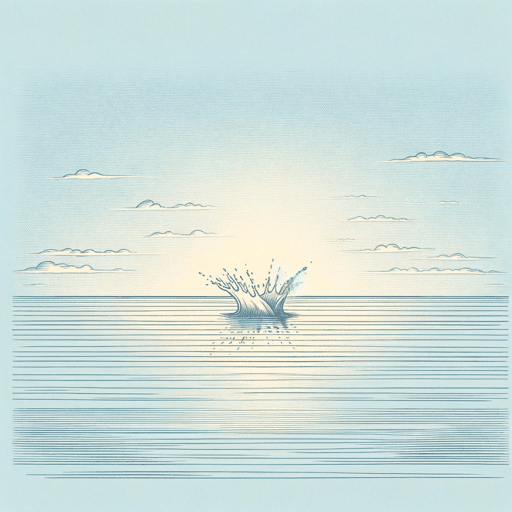
Landscape with the Fall of Icarus
William Carlos Williams
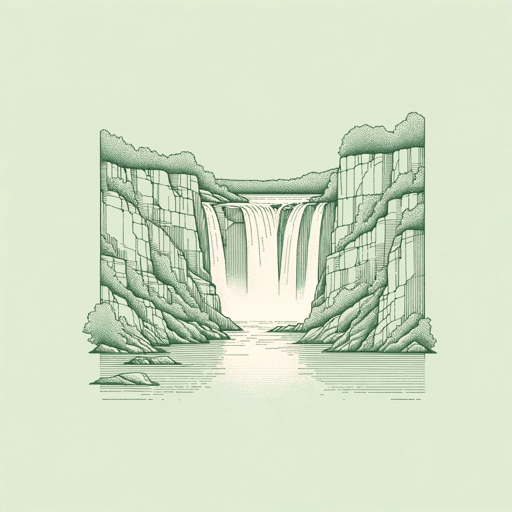
Paterson
William Carlos Williams
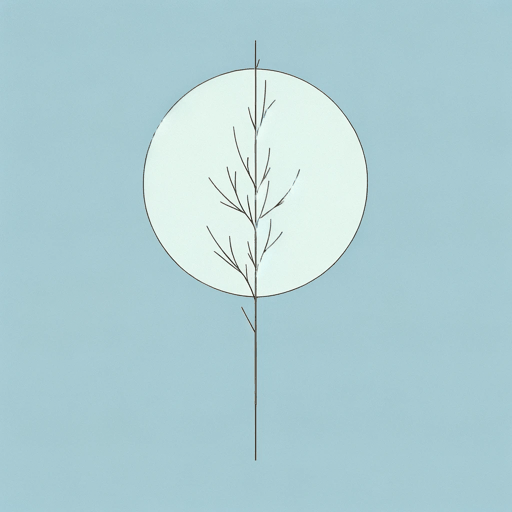
Spring and All
William Carlos Williams

Spring Storm
William Carlos Williams

The Red Wheelbarrow
William Carlos Williams

The Young Housewife
William Carlos Williams
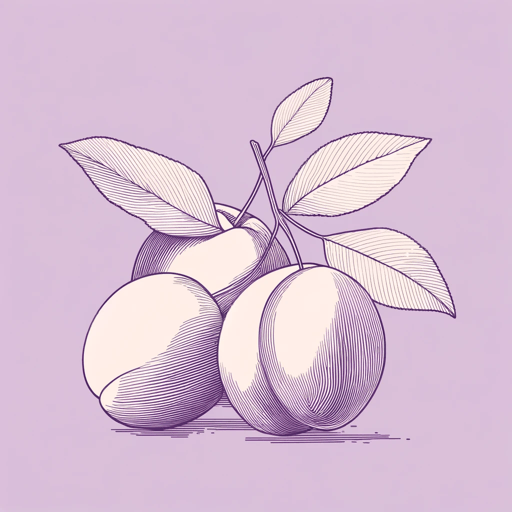
This Is Just to Say
William Carlos Williams
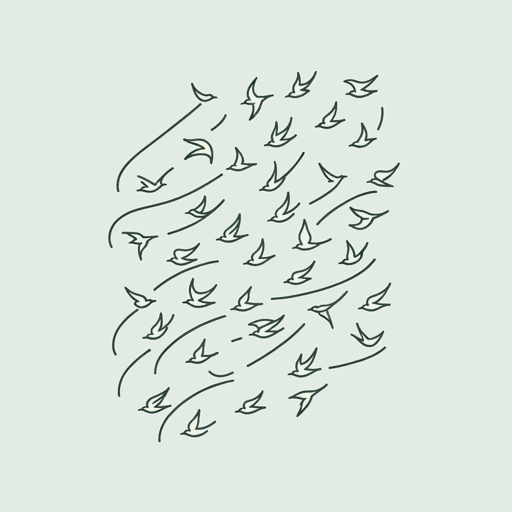
To Waken An Old Lady
William Carlos Williams
